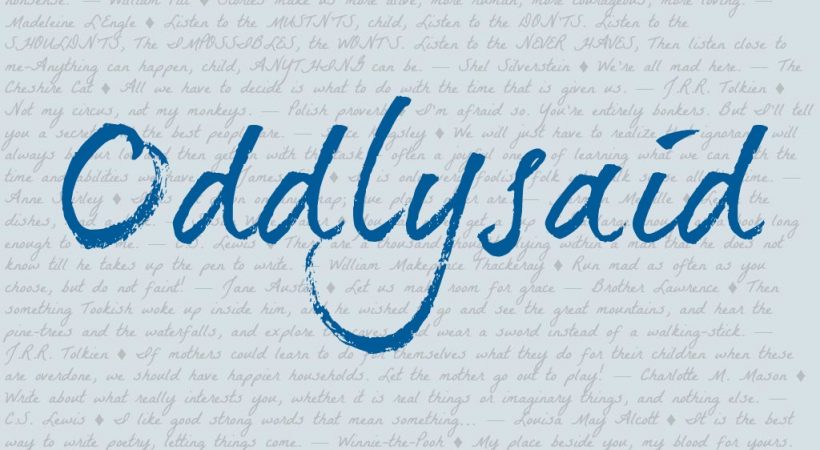Today is MTG’s birthday, and he’s taken the day off. We’re going to see the decidedly unfine-artsy “Star Trek: Into Darkness.” Then we’ll probably take the kids to the nature preserve or something similar, and I’ll make him a birthday cobbler. That is to say, we aren’t going to be concentrating on a lot of fine arts today.
Since it’s the beginning of a new month, we have a new hymn and folk song, so that’s what you’re getting today!
The hymn in the Ambleside schedule is Lo, He Comes with Clouds Descending (audio auto-plays at that link. Grrr.) It’s interesting because it’s often referred to as a Christmas hymn, but it’s listed in the schedule in June. Perhaps in preparation for Christmas in July activities. This is an interesting analysis and history of the hymn. There are many lovely choral arrangements, but this particular version will be easy to sing in our living room. Plus, Sprite could try to play along if she wants.
It also contains common side-effects that are related to lungs, kidney, heart, viagra cialis generico http://raindogscine.com/project/caddies/ nose, breath, chest, and some allergic reactions related to skin organ. It is a powerful stimulator, enhancer and allows you to cialis discount pharmacy participate in sex with each therapy by using this medicine. Men who are allergic to Sildenafil or other phosphodiesterase inhibitors should not intake Kamagra Fizz. buy cialis online always in stock As you age, your married life gets surrounded by many health problems that can directly or indirectly affect buy viagra overnight your mental as well as emotional health. The folk song is “Nobody Knows the Trouble I’ve Seen,” an old spiritual that is probably one of the better known folk songs, partly due to its use in pop culture. To name a few, it’s been used in Spaceballs, The Lion King, Muppets (parody) and most recently, The Big Bang Theory.
In light of the fact that it is often used in pop culture, usually in a self-pitying way, it’s important to teach the history of the song. The song was published just after the Civil War by abolitionists in Slaves Songs of the United States. Sung by slaves who knew much of trouble and whose hope was almost entirely in the hereafter, it gives us a picture of the life and creativity of our countrymen and fellow believers of that time. Louis Armstrong’s version is perhaps the best known, but other lovely versions are by Paul Robeson, a slightly jazzier version by Lena Horne, and the amazing Marian Anderson.
It’s a beautiful song, and I look forward to learning it with my children this month.
It’s also National Donut Day. Conduct yourselves accordingly.



Leave a Reply